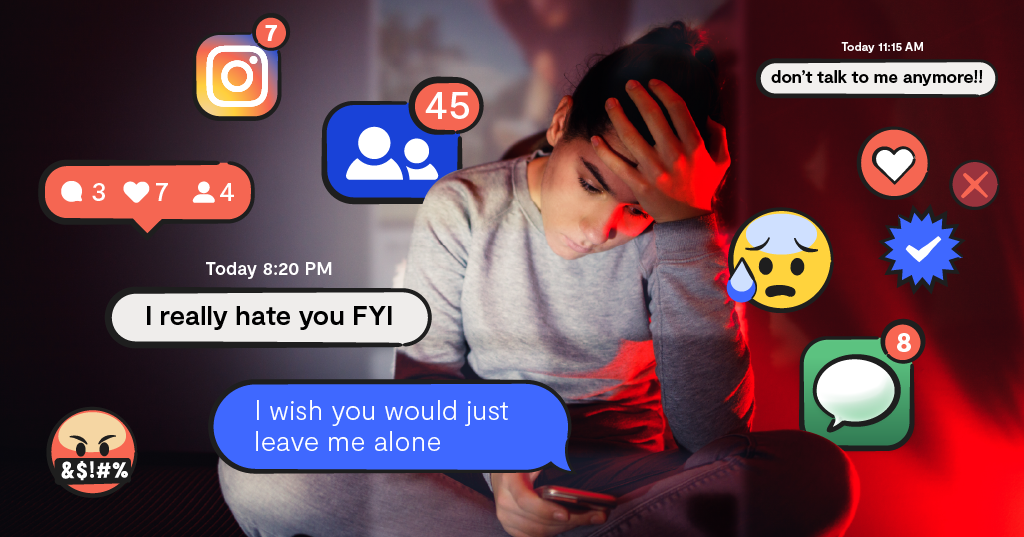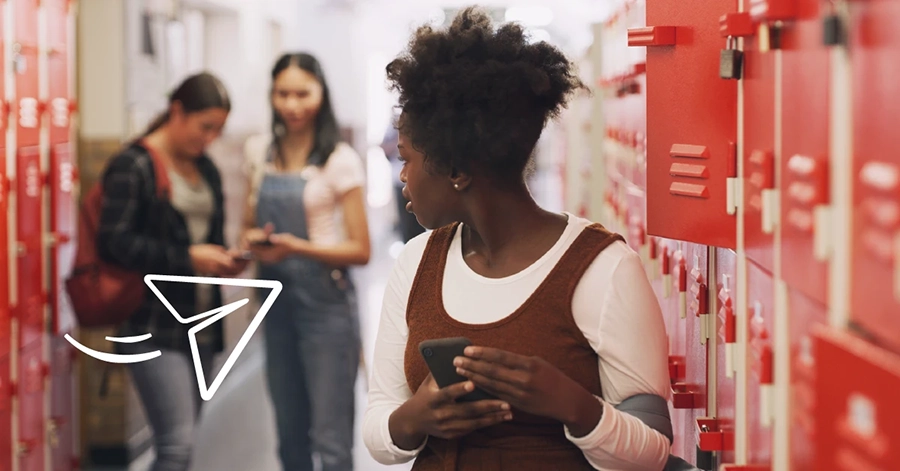
As a parent, you feel compelled to protect your children 24/7/365 and when you can't, it's heartbreaking. From the moment they are born, you look out for your child’s best interests, and those now include digital interactions. Cyberbullying is becoming more prevalent among children of all ages, and the best protection involves teaching your children how to stay safe online. Here are eight things to tell your tweens and teens that will help protect your children from cyberbullying.
1. Learn More for Yourself
Before children can avoid being victimized, they need to understand what cyberbullying is and how it works. Cyberbullying takes many different shapes and forms. Cyberbullying can range from people impersonating others, to Photoshopping photos, to illicit embarrassment. Educate yourself and your children about cyberbullying so you can spot it if it happens.
2. Remember Password Protection
Some cyberbullies hack into accounts to post offensive statuses, photos, or videos to make it look like the account-holder posted them. The best way to prevent this is to create a strong password and never give it to anyone other than parents, ever, not even to maintain SnapChat streaks. (Parents should always be given access to children's social media passwords.)
3. Don’t Send Racy/Inappropriate Photos
One of the best ways to protect kids from cyberbullying is to remind them that they should never send racy photos, or any other texts, images, or videos that aren’t rated at least PG. Sometimes even things that seem perfectly harmless to your child can be misconstrued. Remind them that once an image or text is sent, it is out of their control. Images that are supposed to "go away" or be deleted are always a screen shot and photoshop manipulation away. Digital footprints last forever.
4. Think Before You Post
Children can say things that are out of character due to emotions. They may say mean things about someone they know, or they even post a photo they find funny but others find offensive. Remind your children to think about how their post might make others feel before they make it visible, and wait until they are out of the emotion of the moment so they can think clearly about the ramifications of the post.
5. Make People Aware of Cyberbullying
Raise awareness about cyberbullying, this can also protect your children, especially if you get them involved. When there’s a negative social stigma associated with being a bully, children are more likely to think their actions through and treat their peers with kindness.
6. Check Privacy Settings
Most social media providers offer a variety of privacy settings that allow you and your children to control who sees the things they post. Take the time to read about these settings and what they do, then decide together which are the most appropriate for your tweens and teens.
7. Don’t Open Messages from Strangers
Cyberbullying isn’t always carried out by people your children know. In fact, strangers may bully your children online while hiding behind the veil of anonymity. Teach your children to never open messages or accept “friend requests” from strangers. This compromises their privacy and opens them up to being bullied online.
8. Don’t Log Into Accounts on Public Computers
Finally, remind your children that public computers are not safe when it comes to social media. Even if they log out after their sessions, things like keystroke loggers can remember passwords and status updates which can compromise privacy and security.
Although you may not always be there to stop cyberbullying before it happens, there are some things you and your children can do to lessen the chances and keep them safe when they’re online. These eight tips are a great start, so make sure to talk about them with your children sooner than later. Like, this weekend. Sign up with Bark today and we can help you keep your children safer online is by monitoring their phones, social media accounts, and emails. It's what we do, and we can't think of a more rewarding way to use technology for good.
Read more
Bark helps families manage and protect their children’s digital lives.




